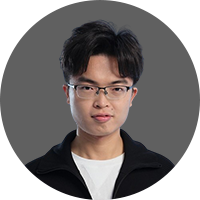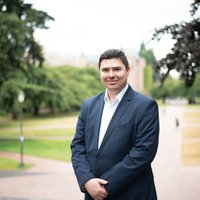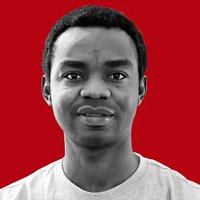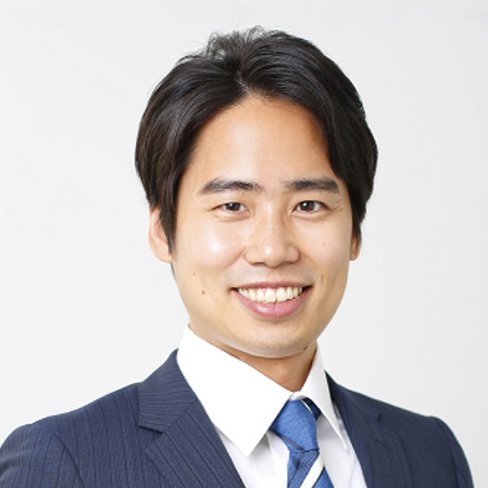Artificial intelligence & robotics
Kosuke Inoue
Proposing a new approach to predicting individual treatment effect through machine learning.

China
Zhilin Yang
Applying the ‘scaling laws’ of large models, enhancing model capabilities and popularizing long-context services.

Europe
Dr Mike Teodorescu
Assistant Professor at University of Washington and co-founder of SurgiBox

Global
Daniel Omeiza
Working to solve the explainability problem in self-driving cars.

Europe
Akhilesh Goveas
Akhilesh Goveas is the founder and CEO of SpectX
